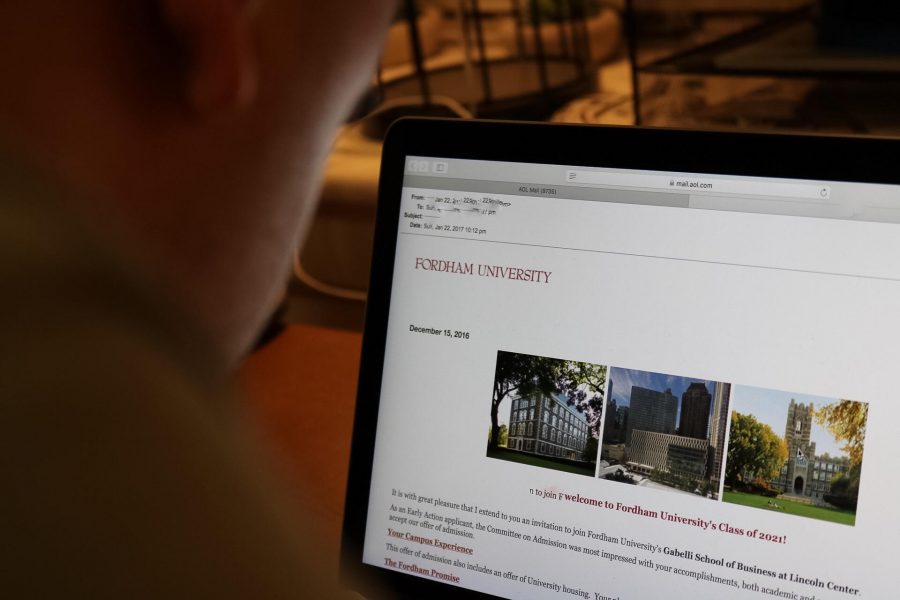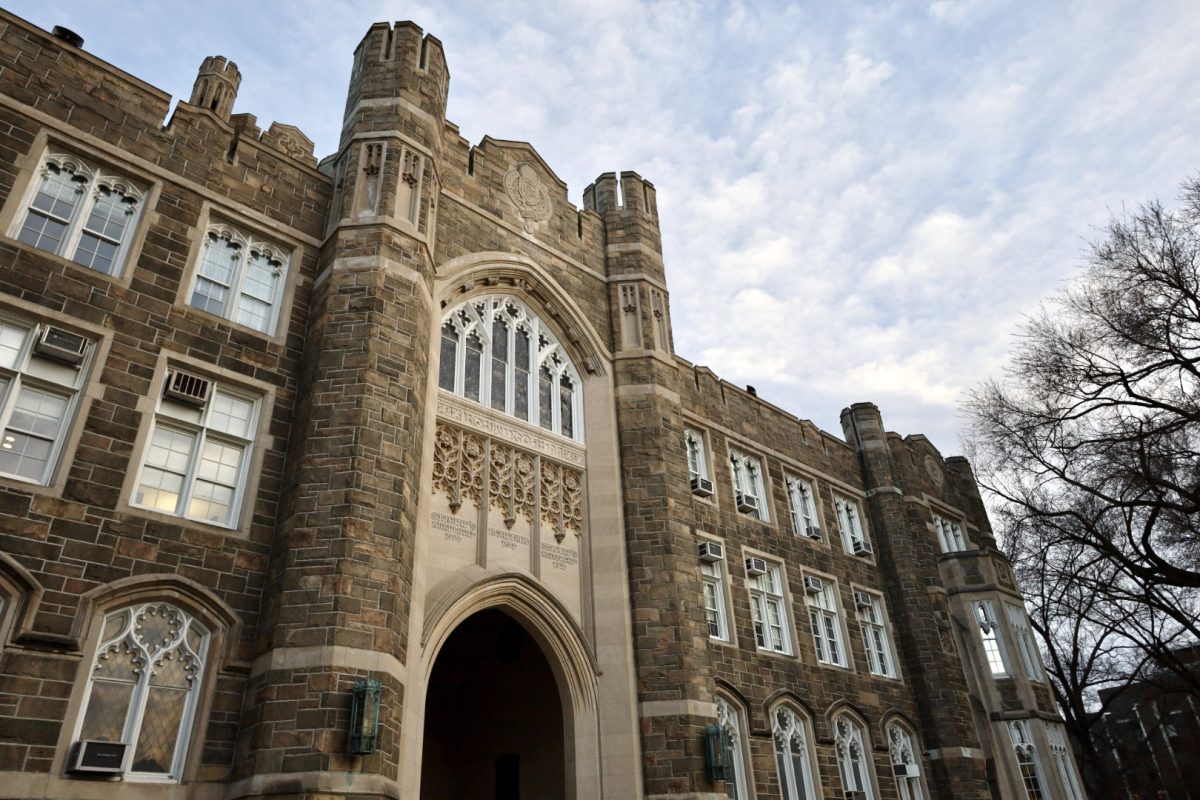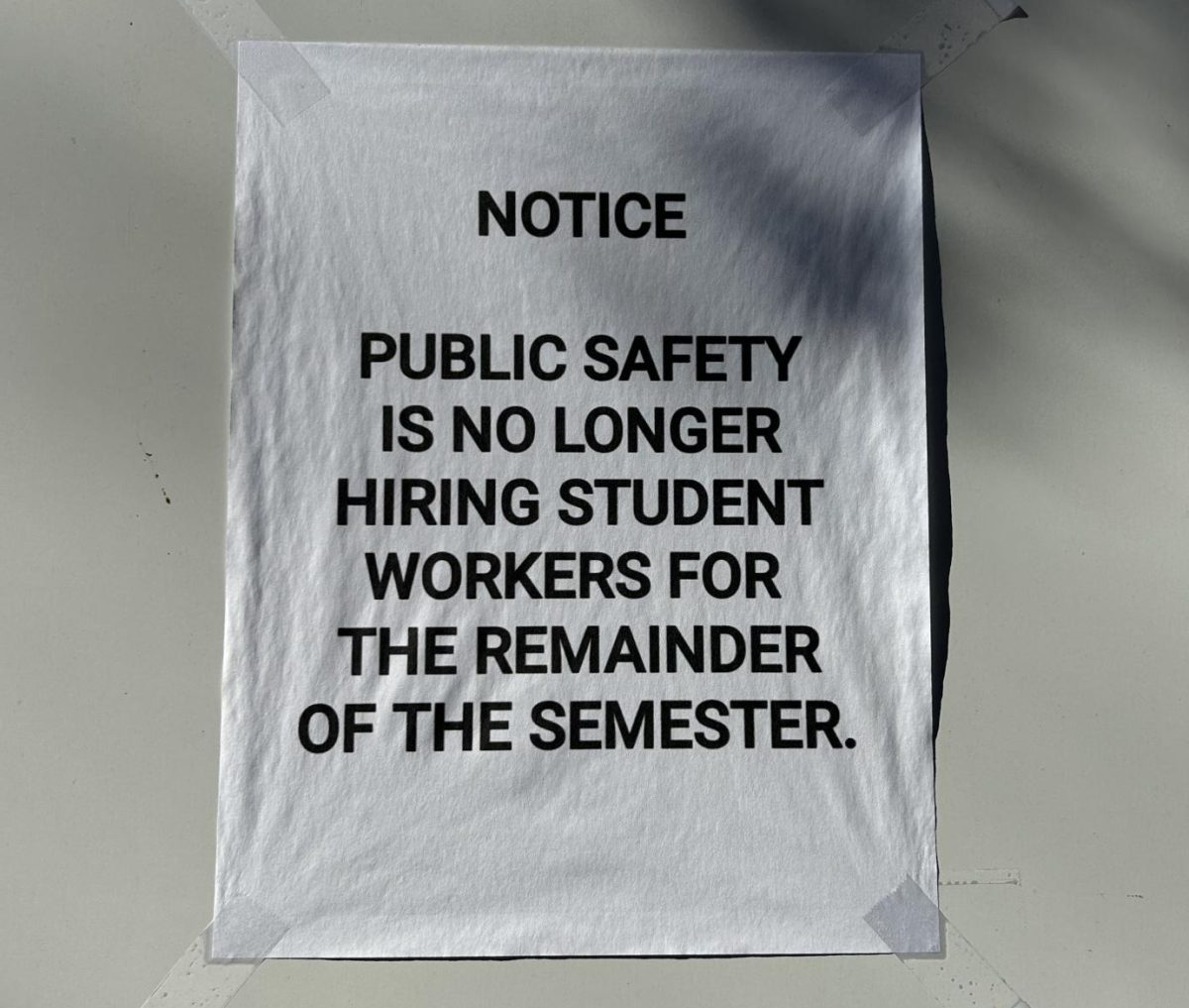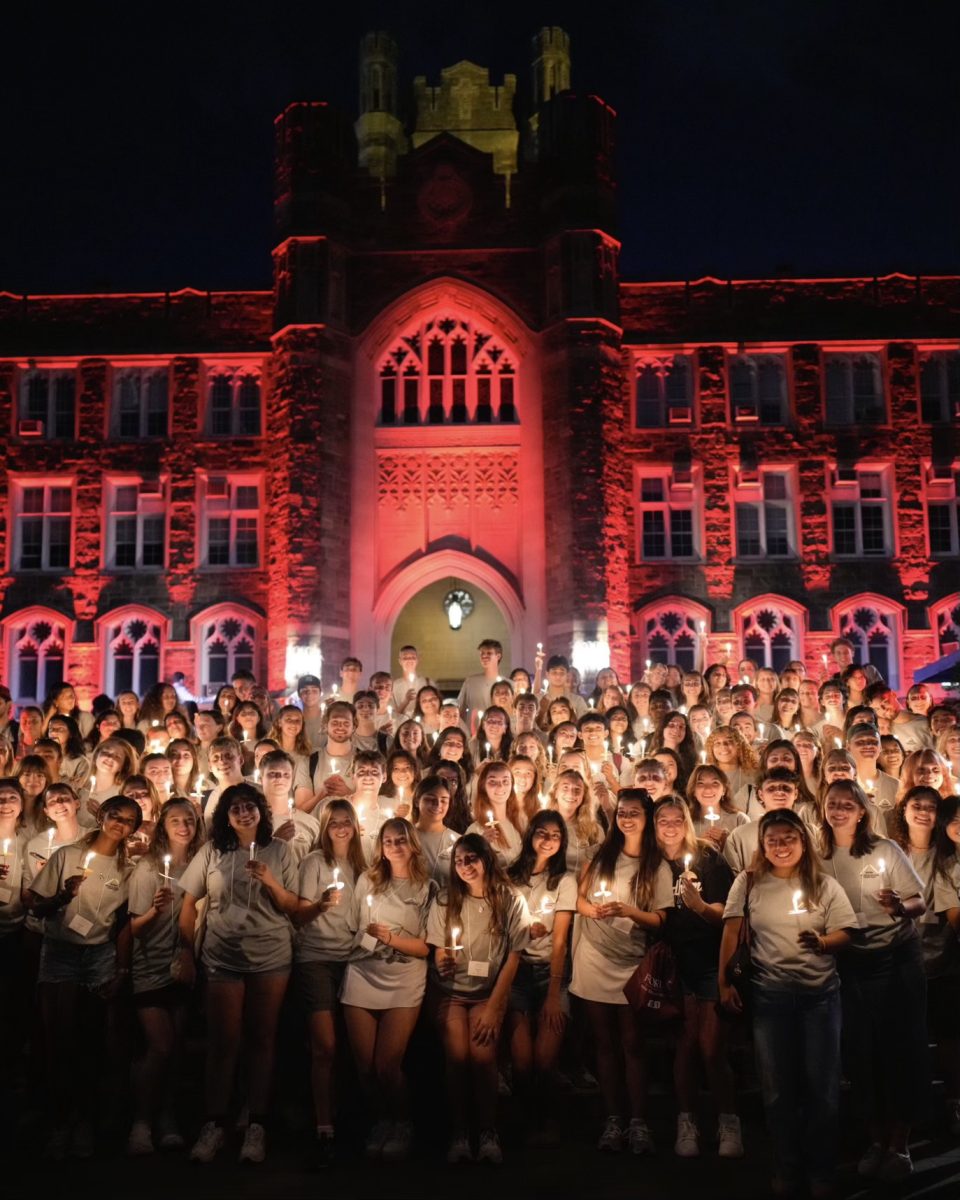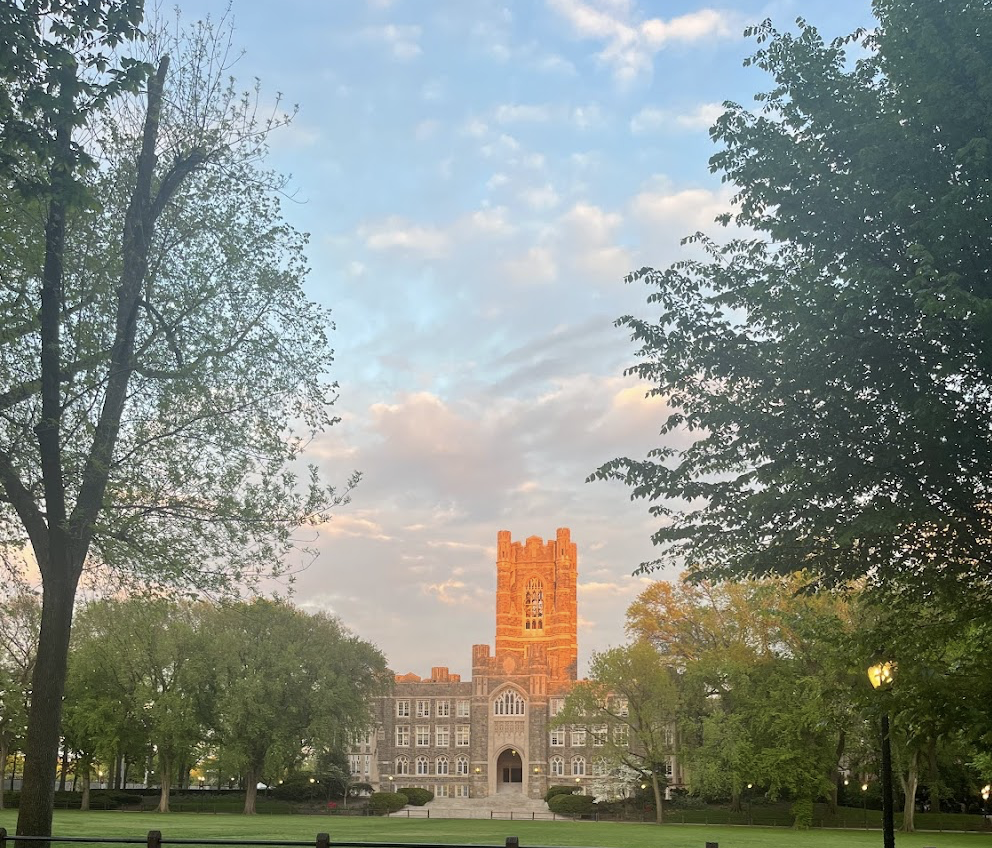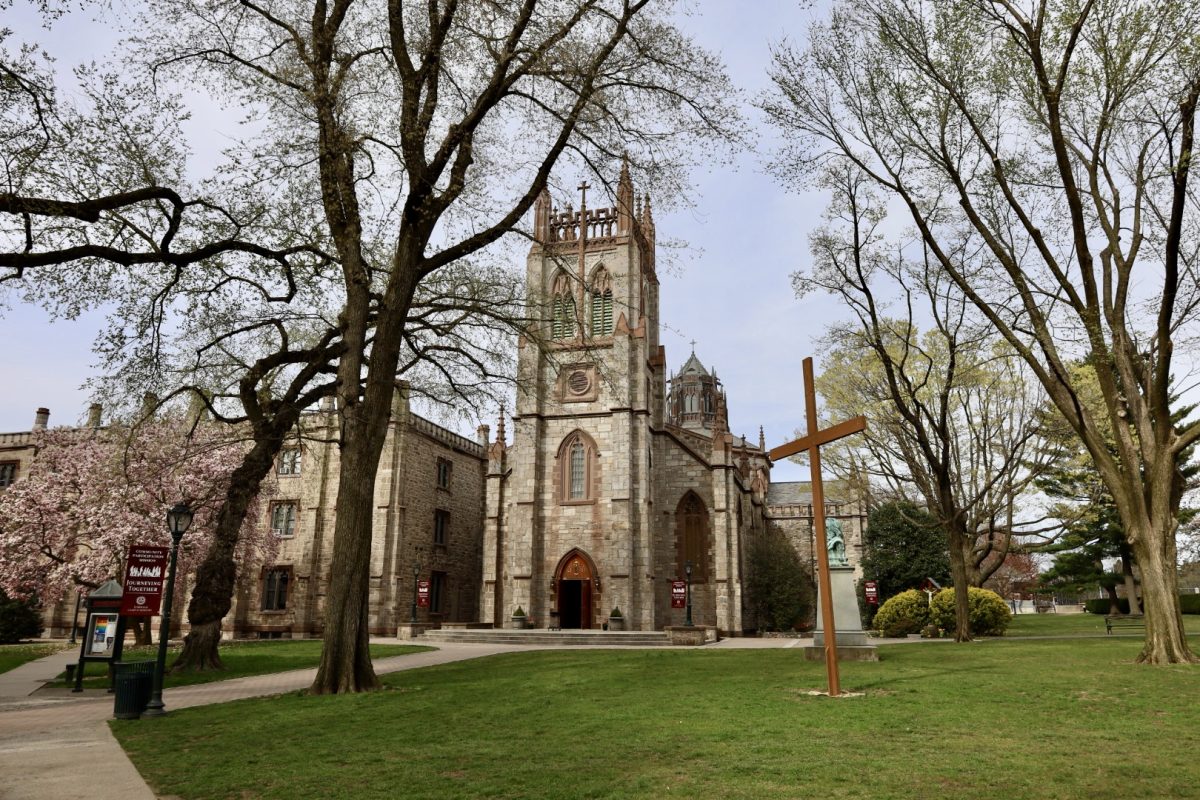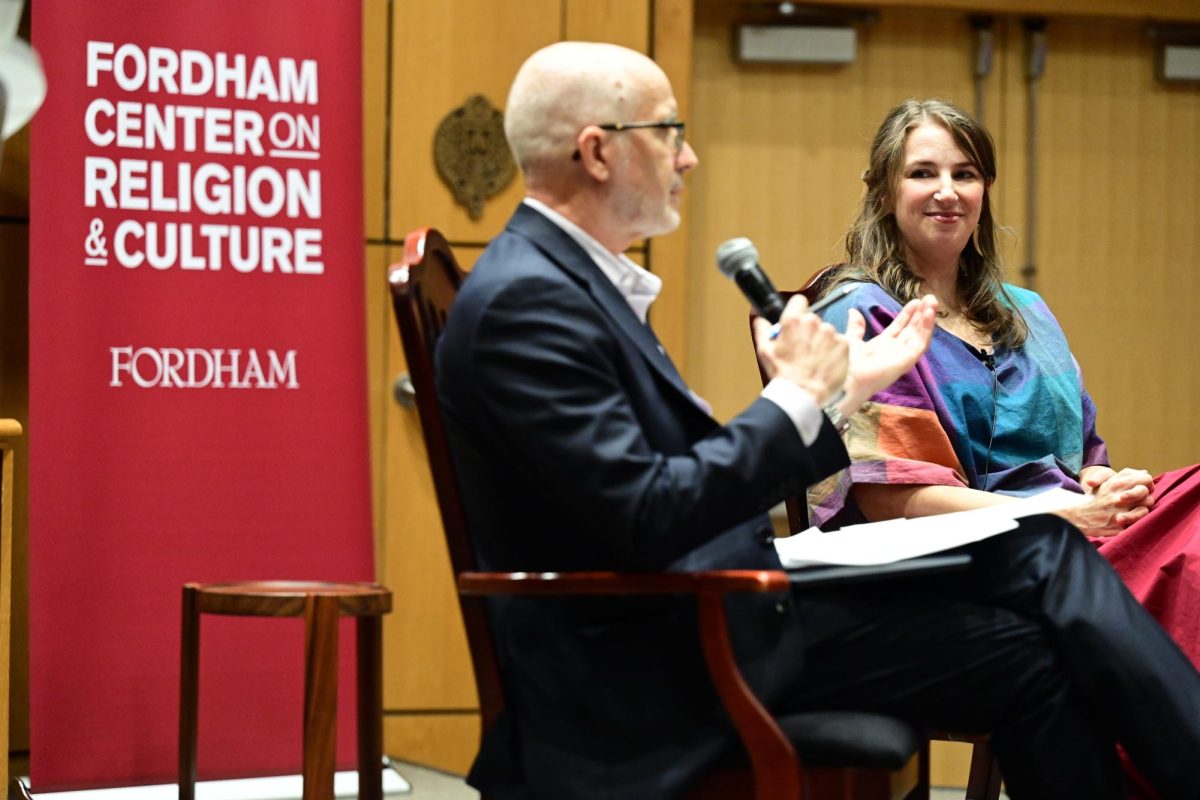By Erin Shanahan
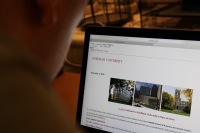
Fordham University received 19,859 applications in the first round of admissions for Fordham University’s class of 2021. This number marks the largest early applicant pool in university History.
According to Dr. Patricia Peek, director of Undergraduate Admissions, this trend was anticipated. Fordham’s applicant pool has been increasing for the past 25 years.
“An increase in the early pool is not unforeseen for several reasons. But, it is also not surprising because the FASFA filing date is now earlier than in years past,” said Peek.
As of this year, families can apply for FASFA earlier on Oct. 1 rather than on Jan. 1. As a result of this change, Peek speculates that many students may have decided to apply to schools earlier as well.
Last year, a total of 19,077 Early Action applications and 293 Early Decision applications were received by Fordham’s Office of Admissions. This year’s Early Action applicant pool increased by 2 percent while this year’s Early Decision applicant pool increased by 10.5 percent.
Of these total 19,859 early applications, 9,812 students were admitted to Fordham through non-binding Early Action and 156 were admitted through binding Early Decision. These students have until May 1 to deposit.
Currently, Fordham has received about 24,800 applications for Regular Decision. As a result, a total of 44,683 applications have arrived at the Office of Admissions as of Jan. 18. Peek predicts that the number will increase to over 44,700 by the end of this admissions cycle.
This year’s total applicants, as of Jan. 18, scored an average high score of 1299 out of 1600 on the SAT. This score is just barely higher than last year’s average high score of 1297.
The average high score of students who are already admitted to Fordham for the Fall of 2017 is 1392. This is just slightly lower than last year’s admitted student’s score (1394). In addition, the mean GPA of admitted students this year is a 3.8. Last year’s admitted students held the same 3.8 mean GPA as well.
Of all applicants, 35 percent represent ethnic/racial diversity. An additional 14 percent of the applications come from international students. More than 50 different countries are represented in the applicant pool, the majority hailing from China, India, South Korea and Taiwan.
This year, Fordham has received at least one application from every state including Washington D.C. Outside of the tri-state, Fordham has consistently received a majority of applications from MA, CA, PA, FL, IL and TX. In recent years, the geographic diversity of the applicant pool has been similar.
The remainder of the decisions will be sent out to students no later than April 1.
“I am very pleased with the applicant pool as a whole,” Peek said. “What you do not see from statistics alone is that in addition to being an academically very strong applicant pool, the students themselves, as individuals are impressive — many are leaders, performers and/or are committed to service.”
Peek attributes the growth of the application pool to several factors including various annual outreach campaigns, over 500 visits to both national and international secondary schools and early communication with potential students.
“Our work in building a strong applicant pool is not limited to just one year,” Peek said. “We start communicating with students as early as their sophomore year in high school.”
According to Peek, more than 47,000 people visited Fordham this past year. This number has been rising each year as well and may also contribute to the increase in applications. This year, there was a 13 percent increase in prospective student visits from last year and a 55 percent increase over the last five cycles.





































































































































































































